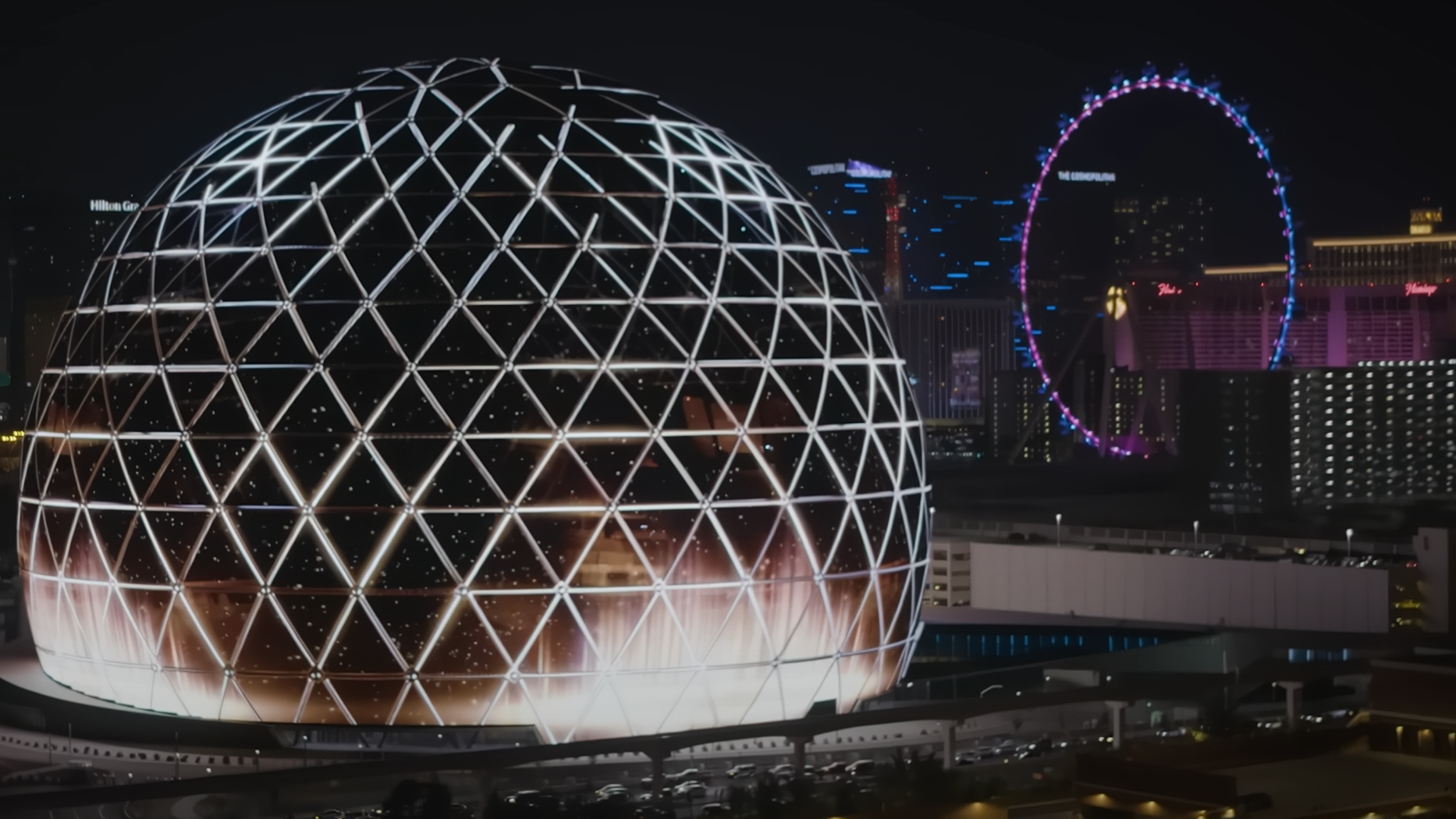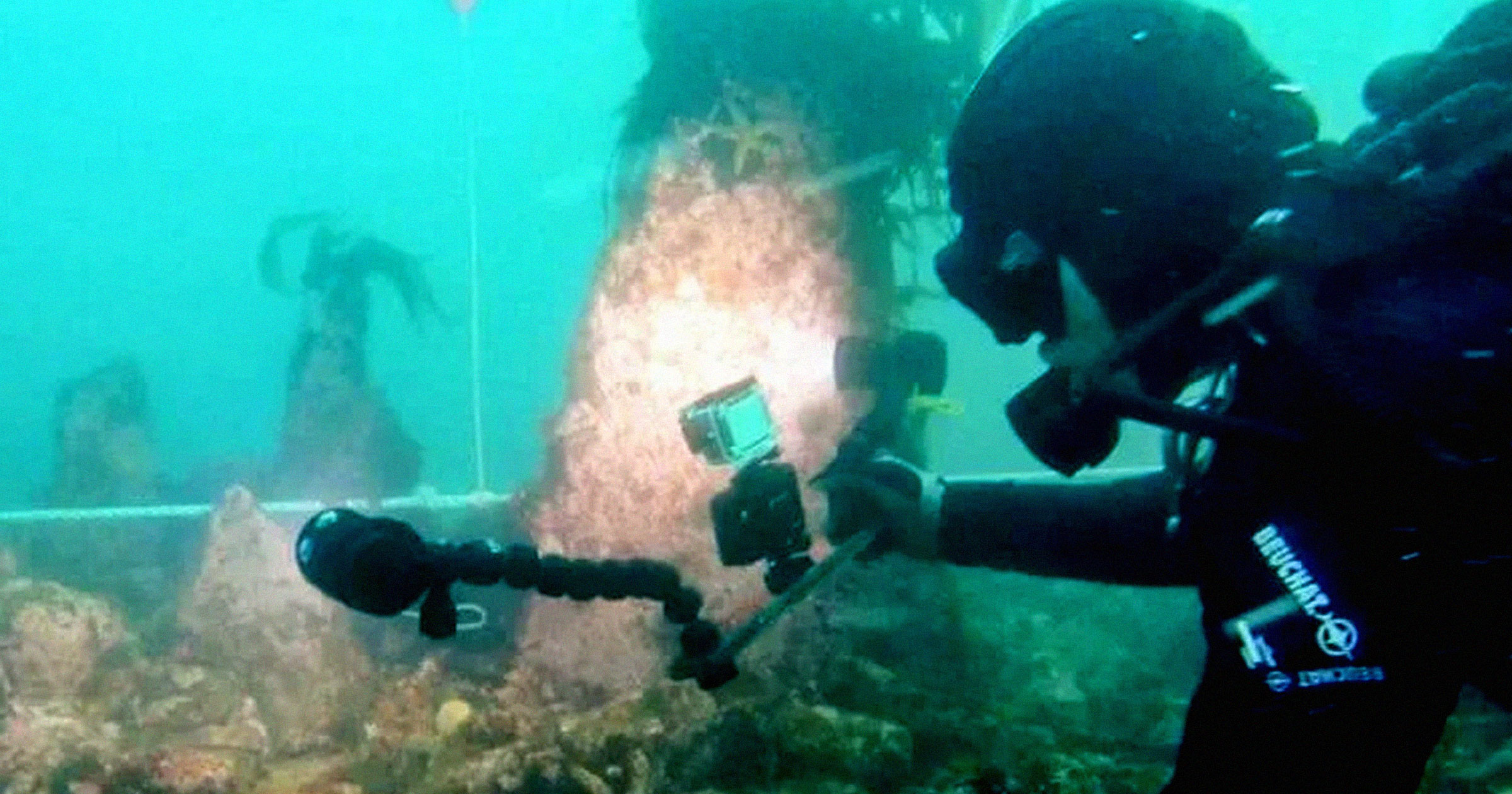
The massive Las Vegas Sphere, whose exterior doubles as the most giant LED screen ever, has drawn much attention since it first appeared. However, a Sphere Entertainment blog post only recently provided a more detailed explanation of how it works. The Sphere is a joint project between Sphere Entertainment and Hitachi Vantara, a subsidiary of Hitachi focused on data processing, cloud storage, and other infrastructure concerns.
The Sphere measures 580,000 square feet, while the inner side measures 160,000 square feet. The Sphere is capable of some truly outstanding visuals. From planets and moons to trippy art pieces, the outside of the Sphere is more than well-equipped for its high-res projection purposes. Since it was activated for the first time on July 4, 2023, with a high-res view of Earth, it has consistently been praised for its novelty—though one day it may become a Times Square-esque advertiser’s surface, which is much less exciting.
Reportedly, both the internal and external screens support 16K resolution video output. They each rely on a collection of 27 nodes, each streaming at 4K through Hitachi Vantara’s software, with a whopping 4 Petabytes (1 Petabyte = 1000 TB) of flash memory capable of 400 GB/s speeds. Full 4:4:4 chroma subsampling is also used, and reportedly, the displays can achieve a latency of around five milliseconds or less.
If all of this display spec sounds ridiculously overpowered for modern cameras, movies, and games that aren’t running anywhere near 16K resolution…you’re right. However, this problem is being addressed by appropriately optimizing existing display content and by Sphere Entertainment’s very own “Big Sky” camera, which can capture up to 18K resolution. While your indie filmmakers aren’t getting their hands on this, there are, fortunately, solutions to the technical challenge of hitting 16K resolution.
While the outside of the Sphere is the most obviously impressive part at a glance, footage from inside the Sphere has also been shared on Twitter and should provide some highly immersive cinema experiences. The internal video clip we’ve linked highlights a sense of feeling tiny within the dome while consuming content since it all ends up “wrapping” around the viewers. It’d be like if a movie theater started treating their screens like ultrawide multi-monitor setups.





